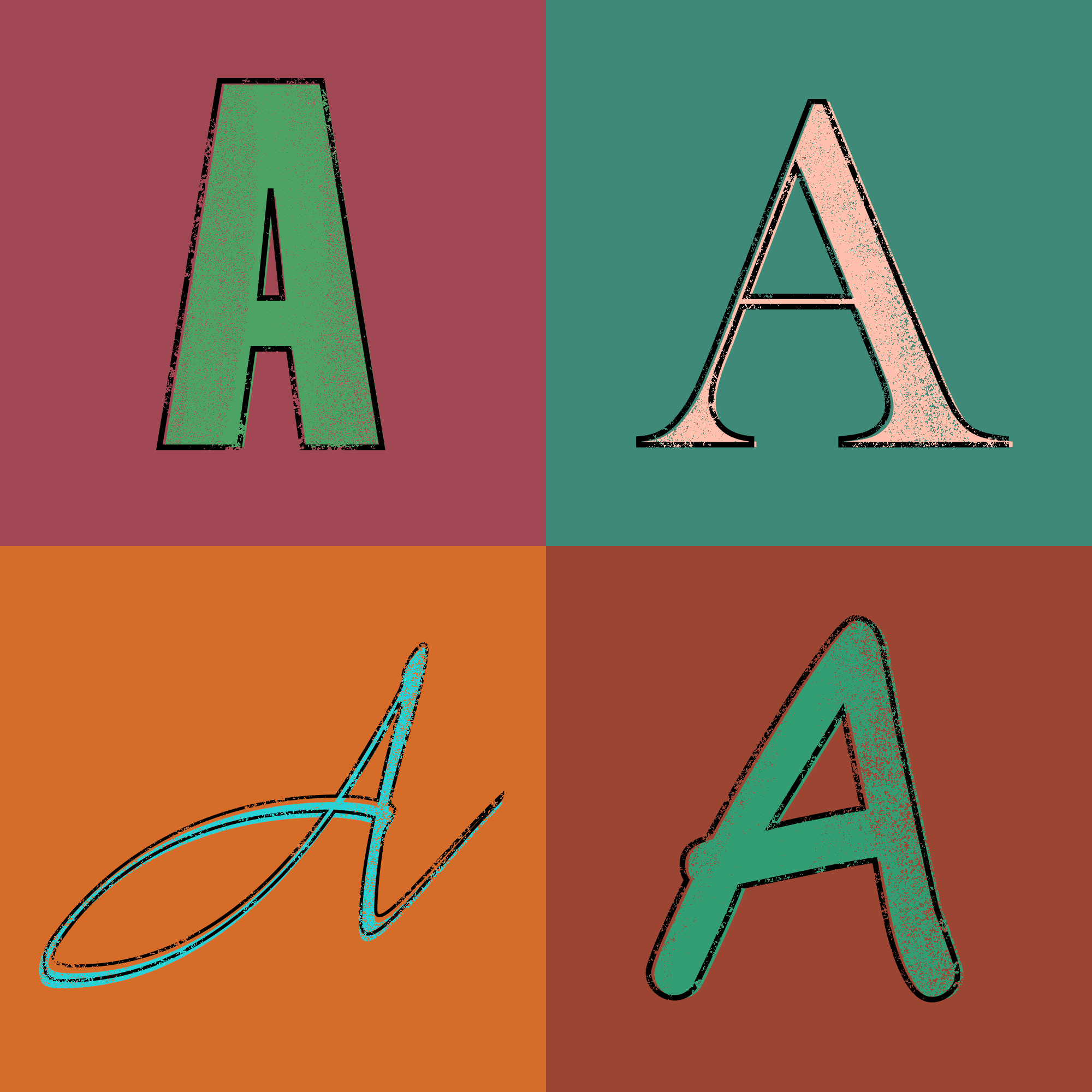Card

Four A's of Analysis
In this strategy, students practice analysis and citation skills with focused questions. Having this focus helps students think specifically and critically about a text.
Four A's of Analysis
Summary
When you give students a specific topic to focus on when reading a text, they are more likely to feel less overwhelmed. The goal of this strategy is to help give an authentic experience when identifying and analyzing grammar choices of an author and overall influence. This strategy can be adapted for any other subject that uses textual analysis. This strategy may also be adapted to your specific lesson goals by replacing the bold portions below with your lesson topic.
Procedure
Provide a text.
Have students work in small groups to read the text silently, highlighting it and writing notes in the margins to answer the following four questions (you can also add your own A’s):
What Assumptions does the author of the text hold?
What grammar choices do you Agree with in the text?
What grammar choices do you want to Argue with in the text?
What grammar choices of the text do you want to Aspire to?
For example, when we say, “grammar choices,” this can refer to the use of semicolons, hyphens, or ellipses, but it can also refer to the use of active/passive voice, adverbial phrases, or adjective, or adverbial modifiers, etc.
In a round, have each student identify one assumption in the text, citing the text (with page/paragraph numbers, if applicable).
Continue either in rounds or facilitate a conversation in which the group talks about the text in light of each of the remaining “A’s,” taking them one at a time—what do people want to argue with, agree with, and aspire to in the text? Try to move seamlessly from one “A” to the next, giving each “A” enough time for full exploration.
End the session with an open discussion framed around a question such as: How did grammar choices influence our reading and understanding of the text?
Comer, A. (n.d.). Linguistics tree solver. Linguistics Tree Solver. https://lin-tree-solver.adambcomer.com/


